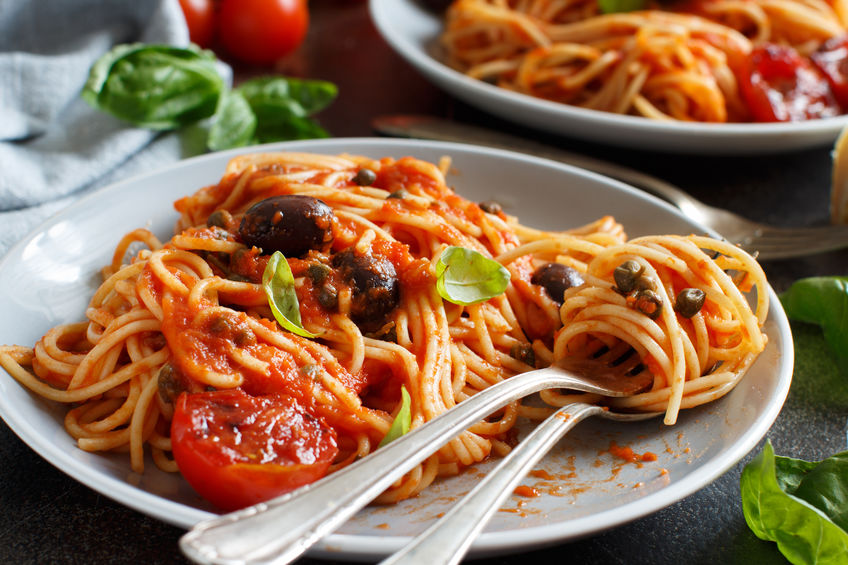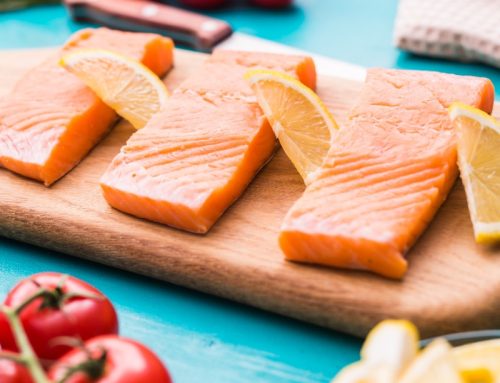How to cut back on carbs without having to go full Keto?
Most nutritionists wouldn’t recommend the keto diet, but the eating plan has a few good takeaways.
• Cutting down on processed foods is always a good thing.
• Limiting carbs can help people manage conditions like diabetes.
• But, make sure to choose high-quality fats and proteins to offset the lack of carbs.
The keto diet isn’t for everyone. In fact, the high-fat, low-carb eating pattern has been ranked as one of the worst diets by US News & World Report year after year.
“As a dietitian, keto is not the go-to diet that we would recommend for someone who’s trying to improve their overall health,” Alyssa Pike, RD, manager of nutrition communications for the International Food Information Council, told Insider.
Critics say the keto diet is too restrictive, “nutritionally incomplete,” and lacks evidence of how it can affect health in the long run. On the other hand, some anecdotal evidence suggests the diet could help people manage diabetes.
While the keto diet principle of eating mostly fats and almost no carbs — a way to force the body into ketosis, a state where it burns fat for energy instead of glucose — may feel too extreme for most people, some aspects of the diet can be applied in more moderate ways.
Nutritionist Wendy Bazilian gives this advice about how to cut back on carbs without going on a Keto diet:
1. Start by cutting out processed foods and added sugar
Her first step of starting any diet is to cut out processed foods. In a keto-style eating pattern, I would start limiting the ultra-processed foods, bakery goods.
Eliminating sugary beverages is another way to cut down on unnecessary carbohydrates. That includes the sweetener you may usually add to coffee or tea — even one tablespoon of honey comes close to the 20 grams of carbohydrate per day allowed in some keto guidelines.
If getting rid of sweets works for you, the next step would be to ease away from bread. The keto diet would prescribe not eating whole grains, either, but other low-carb eating patterns may permit you to eat something like quinoa or farro in moderation.
2. You can eat some fruit and still maintain a low-carb diet
The true keto diet involves not eating fruits, most vegetables, grains, potatoes, sweets, or any kind of carb-rich foods, Pike told Insider. But so much restriction can be hard for people to keep up in the long term.
Bazilian said while she would encourage someone who is keto-curious to be “selective” about which fruits and vegetables they eat, she wouldn’t recommend eliminating them entirely.
Strawberries and blueberries are both low in sugar and high in antioxidants, and tomatoes and olives can work as savory snacks that are relatively low-carb. Just make sure to avoid eating so many fruits and vegetables that you blow past your carb limits — most keto eating plans will cap carbs at 20 to 50 grams per day.
3. Eat more healthy fats and don’t forget about plant protein
Since the keto diet consists of mostly fats and proteins, it’s possible to eat keto and become less healthy. Low-carb diets where people rely on saturated fat and cholesterol have been linked to a higher risk of some diseases.
If you do cut back on a certain macronutrient, like carbohydrates, it’s important to make sure you’re eating high-quality foods from the remaining groups. Make sure your fat intake includes heart-healthy, anti-inflammatory foods like avocados, nuts, olive oil, and flaxseed.
Many people who try the keto diet increase their intake of animal protein. But eating two or more servings of meat per week has been linked to a higher risk of heart disease. Adding a plant-based protein, like pea protein powder, can help preserve lean muscle mass without causing bad cholesterol levels to get out of control.
Click here to read about how to cut back on carbs.







